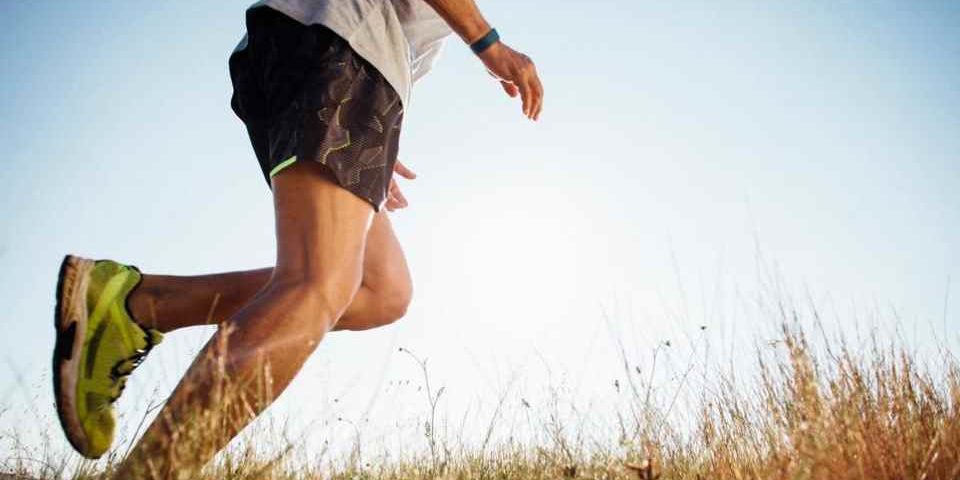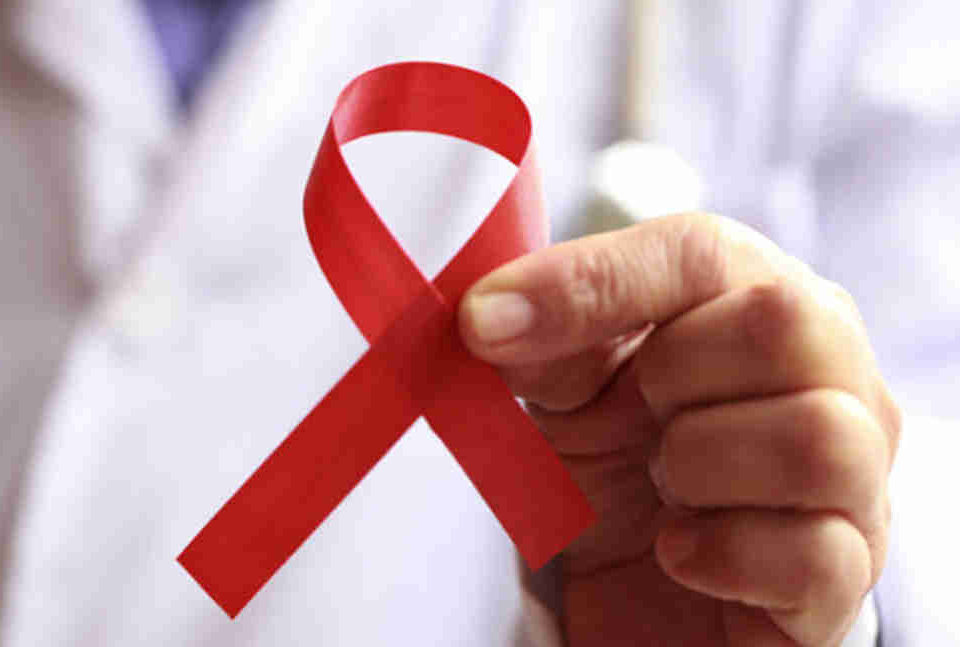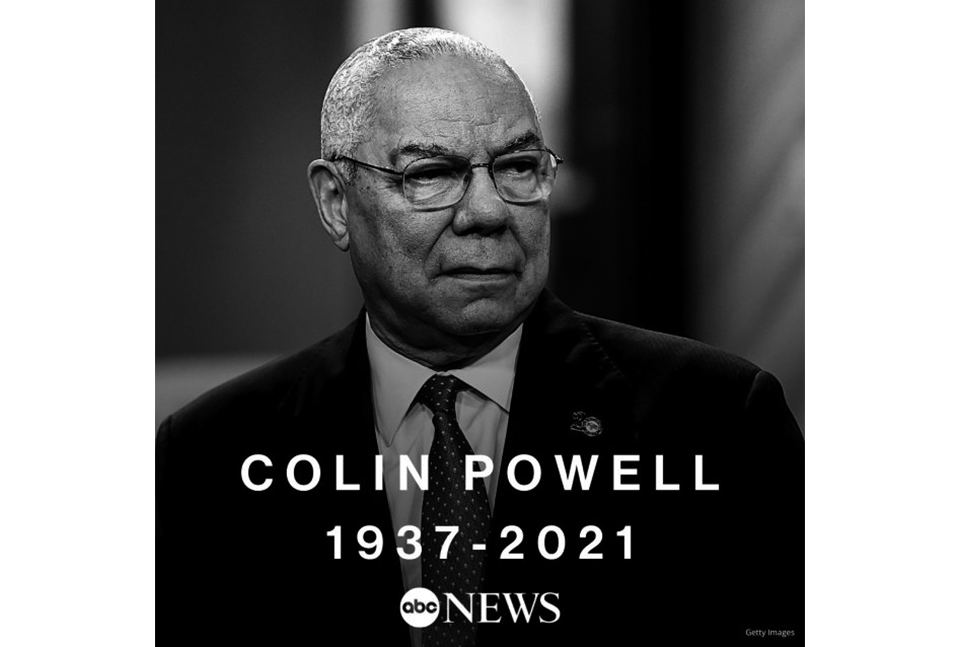- 如有疑问,请联系电邮
- customer@ihealth66.com
USNEWS:跑步能防止衰老吗?

波士顿儿童医院(Boston Children’s Hospital, Boston, Mass.)
2018年12月10日
最新临床试验:伊匹单抗联合或不联合纳武单抗治疗Ⅳ、Ⅲ期不能手术切除的黑色素瘤
2018年12月11日By Heidi Godman
跑步能防止衰老吗?这是大家经常看到的欧美电影中场景的疑问。但现在不用再疑惑了,USNEWS的健康专栏作家Heidi女士已经就该问题进行了详细的阐述。她不仅查阅了相关的医学研究,还对一些老年人的切身体会进行了采访。得出的结论确实说明,中老年合理的跑步,能够延缓年龄增长带来的衰老!但是,这是一个什么问题?当前中国环境空气的污染程度令人不安,更何况让中老年人进行长时间的室外跑步!到那时,呼吸系统疾病的发病率上升又成了一个大问题!但是这并不是不能解决的问题!室内健身房实际上已经在各大城市已经兴起。尤其是安装了空气过滤净化系统的健身房,这更是从根本上防止了空气质量不佳的问题。这将是以后健身房的健康主打招牌!当然,跑步也要分人。最好事先到医院骨科医生咨询一下,检查一下骨密度等指标,询问医生自己是否适合这种运动,同时运动强度如何控制。不能让跑步不仅没带来健康,再带来一些烦恼!下面就看一下原文吧。
WHEN JUSTUS ORTEGA walked into a gathering of older adult runners in Boulder, Colorado, in 2014, he was reminded of the 1985 movie “Cocoon” about seniors who suddenly feel young and healthy after interacting with aliens. “The runners seemed like teenagers. They were energetic and playful, and their mind frame was very different from people I’d met in senior centers with low energy,” remembers Ortega, a kinesiologist and director of the biomechanics lab at Humboldt State University.
Ortega wasn’t entirely surprised. Some of the seniors had taken part in a small clinical study Ortega and his colleagues had conducted. Published in 2014, the study found that older runners used less energy when they walked, compared to older walkers, and that the muscle energy older runners expended was similar to that of young sedentary adults. “Older adults’ muscles normally become less efficient and use as much as 20 percent more energy to walk the same distance as young adults. But older runners maintained that youthful, muscular whole-body efficiency,” Ortega says. In other words, running in older age was associated with healthier, more efficient muscles that made walking less taxing.
But why? Ortega and his colleagues further analyzed the data for answers and published a second study earlier this year. It didn’t yield a definitive answer. “It wasn’t the way they were moving, and it wasn’t the way they were using their muscles. I can only speculate and point to other evidence that suggests vigorous activity like running repairs the mitochondria, the energy-producing factories of our cells, and that in turn improves efficiency of the muscle tissue,” Ortega says.
While the results of Ortega’s studies and the evidence he’s citing are observational and don’t prove cause and effect, running is already associated with many health benefits that may help combat the challenges of aging.
Aerobic Activity
Running is a vigorous aerobic activity: It gets the heart and lungs pumping, which is crucial for cardiovascular health at any age and especially in our older years, when the risk for chronic disease increases. “Aerobic activity causes the blood vessels to relax and in doing so helps to keep blood vessels elastic and helps prevent high blood pressure,” says Dr. Daniel Munoz, medical director of the cardiovascular ICU at Vanderbilt University Medical Center.
High blood pressure is associated with heart attack, stroke, dementia, kidney damage, sexual dysfunction, vision loss and maybe even bone loss and sleep apnea.
“Running is an efficient way to exercise aerobically and can be a key tactic in minimizing the chance of developing heart disease and stroke,” Munoz points out.
Even more benefits: Aerobic exercise helps you control your weight, build muscle strength, reduce body fat, lower blood sugar and cholesterol, build endurance, stave off depression and stress, increase energy and self-esteem, improve sleep and live longer, according to the U.S. Department of Health and Human Services.
The aerobic activity of running is also good for brain health, as it sends more blood flow to the brain and keeps the blood vessels healthy. Running may also help to challenge your brain, which may help preserve cognition. “There are areas of the brain that are critical to carrying out the motor activity of running, to navigate where you’re going and monitor fatigue. So it has to be beneficial to overall brain health,” says Dr. David Charles, chief medical officer of the Vanderbilt Neuroscience Institute.
Bone Health
Bone health declines in older age. Our bone mass peaks at around age 30, and then it declines at a rate of at least 1 percent each year after age 40. Too much bone loss leads to osteoporosis, the condition marked by brittle bones that break easily.
Weight-bearing exercise like running is key to maintaining bone health. Bones are living tissue, and placing force on them stimulates new cell growth. “Bone responds to force in a positive way,” Ortega says. “It helps you improve or maintain your bone mineral density so you don’t lose it as fast, and it helps you build bone.”
And it may not take that much running to help you build bone in older age. A 2017 study suggested that running just one or two minutes per day was associated with better bone health in both pre- and postmenopausal women.
Running Risks
Running isn’t the right exercise for everyone.
If you have osteoarthritis, a wearing away of the cartilage in your joints, running may make joint pain worse, although it’s not clear if running causes more degeneration of the joints.
Running also puts older adults at risk for falls and injuries. “Injuries take longer to heal in older adults than young adults. By running, you’re exposing yourself to more risk of bone or muscle injury,” Ortega notes. If you have joint pain, balance, vision or neurological problems, you’re at an increased risk for a fall.
A running regimen can also be risky for people with untreated heart or lung disease, since aerobic activity puts a big demand on those organs and may increase the risk for a heart attack or stroke.
To Run or Not to Run
Munoz advises that before starting a running program, you should consult a doctor if you have chronic disease, including heart disease or osteoarthritis, or if you have any concerning symptoms. “Any chest symptoms brought on by exertion should prompt medical evaluation. Warning signs include chest discomfort or shortness of breath that occurs with activity,” Munoz says. Those symptoms should be checked out by a doctor if they develop for any reason, even if you’ve already been exercising for a long time.
If you haven’t exercised in a while, that fact alone may warrant a doctor’s consultation before lacing up your sneakers, to make sure you’re healthy enough to get moving.
Don’t despair if your doctor determines that running might not be the best fit for you. There are other ways to exercise aerobically, with less impact on your joints, such as swimming, cycling and using an elliptical machine.
And all aerobic activity seems to have similar benefits. “I would even speculate that any aerobic activity when performed vigorously has the potential to change the mitochondrial efficiency in whatever muscles you’re exercising,” Ortega says.
Start Moving
However you choose to exercise, Ortega advises that you start slowly. “Build your endurance and intensity over time. Work with a trainer if you can through a senior center or gym. Or join a walking or hiking group,” Ortega suggests. “If you get to a point where you feel like you want to try running, start in small increments and consult your physician before you start.”
The Physical Activity Guidelines for Americans recommend that adults get at least 75 minutes of vigorous-intensity activity per week, like running, or at least 150 minutes per week of moderate-intensity exercise, like brisk walking.
And it doesn’t matter if you’re an exercise or running rookie or a lifelong devotee – you’ll reap the rewards as long as you keep moving. And it may even make you feel like a kid again.





